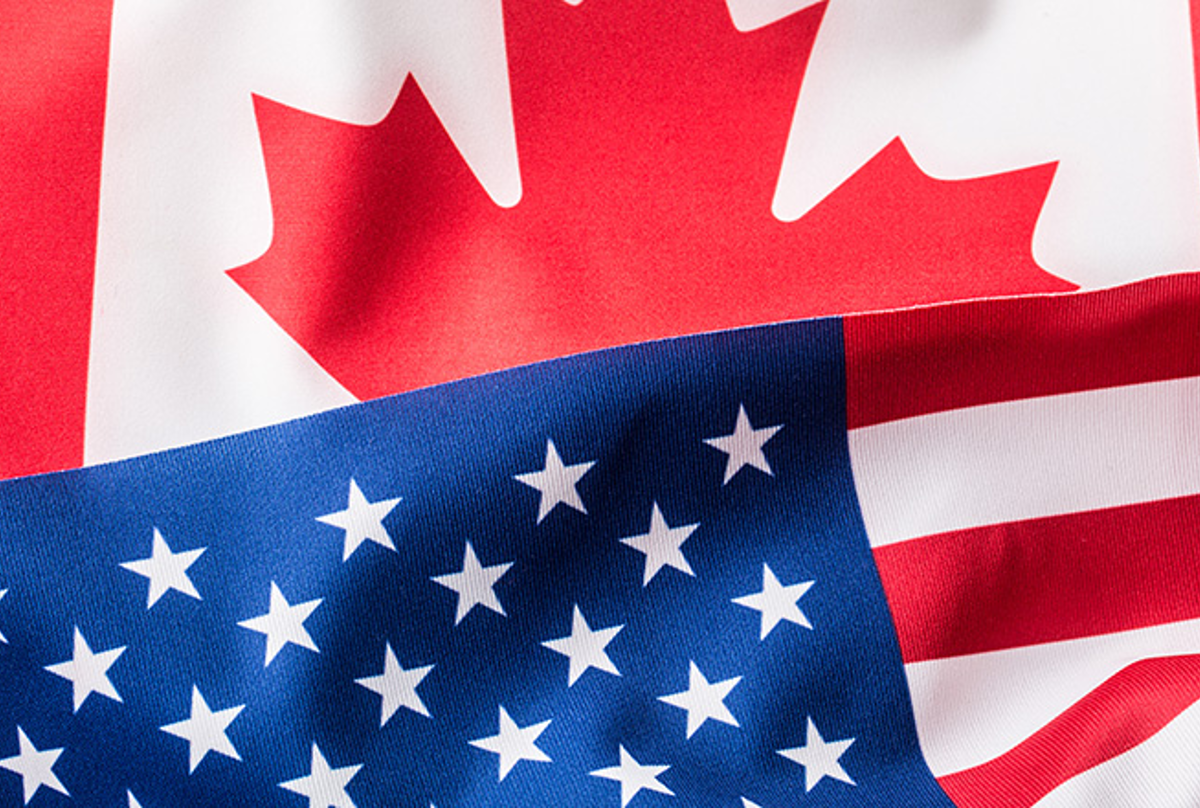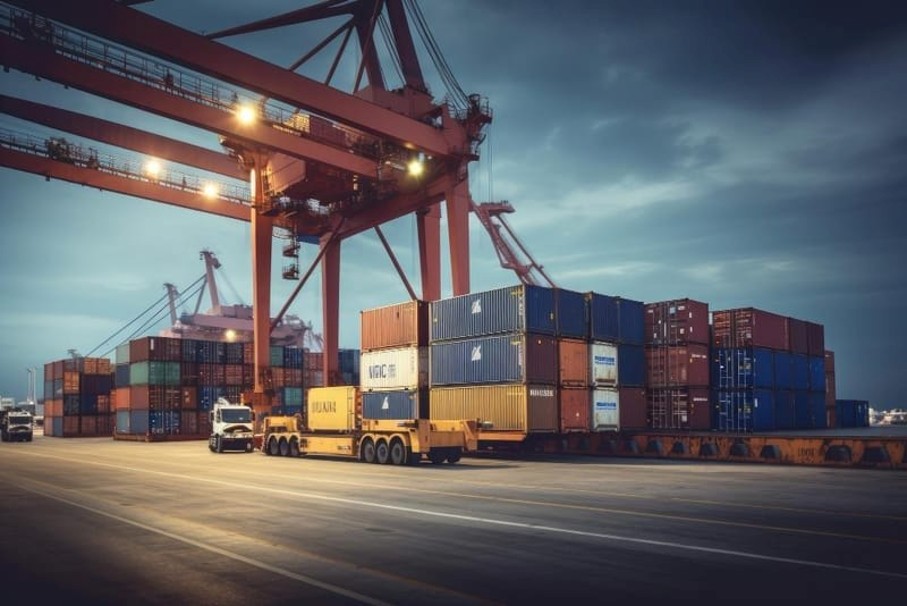Government/Policy

November 14, 2021
Leibowitz on Trade: The China Problem
Written by Lewis Leibowitz
By Trade Attorney Lewis Leibowitz
The COP26 Glasgow conference on climate change just ended, yesterday, a day later than scheduled. The conference needed the extra day to hammer out a joint communiqué on what was agreed to and next steps. At the last moment, India threatened to torpedo the agreement because it contained strong language about phasing out coal as fuel for electricity. The revised declaration calls for “phasing down” coal use.
The result seemed to be frustrating to almost everyone—to the left, it left unfinished the serious commitments to action to avoid a global average temperature rise of 1.5 degrees Celsius and to subsidize poorer countries to join the fight against global warming. To the right, the agreement was weak tea, and permitted the world to continue its use of vital fossil fuels.
The entirely underwhelming results of COP26 are not surprising. There is a tension between international cooperation and international competition, especially when it comes to China. Some issues are global and global institutions, including the Paris Climate Agreement, the World Trade Organization and others I could name, don’t appear to be up to the challenge. Yet some issues can’t wait and demand international cooperation—climate change, pandemics, cybersecurity and migration, for example. Making progress on issues like that requires cooperation and compromise with governments and non-government forces we in the West don’t agree with.
The issues demanding global cooperation can draw attention away from the undeniably important issues of international competition between dueling economic and social systems. The most important rival in this sphere is, of course, China. China is our rival in trade, human rights and global investment, and its increasing strength as an economic power, if you view economic power as a zero-sum game, spells the decline of the West as China grows. Many don’t believe that the competition between systems is a zero-sum game, but many do.
So the basic question for the next couple of decades is: can we compete with China, Russia and others geopolitically, while at the same time and cooperating on the global issues we need to address?
One of the hopeful signs from Glasgow last week was a deal, modest though it was, between China and the United States to cooperate on climate issues. The specifics were lacking, as always, but at least the sentiment is there. The two countries identified methane emissions, for example, as a key metric to reducing greenhouse gases, to increase the efficiency of electric generation and distribution around the world, and to reduce emissions from the generation of electricity. It’s a start.
In the meanwhile, China and the United States will continue to discuss trade and geopolitical issues as part of their competition for economic dominance. Tomorrow, President Biden and China’s President Xi Jinping will meet virtually to discuss issues of mutual importance.
One thing is obvious—the need to focus on competition in the economic and geopolitical spheres will have an adverse impact on issues that require global cooperation. Keeping both priorities in mind will be hard—very hard for both China and the United States.
But there is really no alternative to doing both. The option of a “hot war” between the United States and China is quite clearly unacceptable. We have outgrown our ability to fight because of weapons of mass destruction. We found a way to win the Cold War without a direct confrontation with the Soviet Union, and we need to find one to keep moving forward on global issues and competitiveness issues at the same time.
Over the last century and more, the world has had three titanic struggles: first, the battle between democracy and dictatorship, which spanned the period from 1914 to 1945; second, the Cold War period from 1945-1991; and third, a renewed battle of political and economic systems, exemplified by the competition with China. The first struggle, of course, turned hot. Its ending in 1945 with the atomic bomb made war in the future a mutual suicide pact. We cannot do that anymore.
The Cold War moved competition to fringe wars (Korea and Vietnam, for example) and “containment” of the Soviet bloc. Finally, the West gained the upper hand when the Soviet Union ran out of money. Freedom looked ascendent, and was for several years. But frustrations boiled over, especially in the Middle East, with the Iranian revolution and 9/11. We have been struggling to respond to those forces and are still struggling.
Now, competition with China is a priority. China’s system is at odds with the strategy the West desires, as has become increasingly apparent. There are those who call for a new “Cold War,” featuring isolation of China from the West. There is no evidence that “containment” of China will succeed in the way that it succeeded against the Soviet bloc. China is not, as Margaret Thatcher reportedly said of the USSR, “Upper Volta with missiles.” For the last 25 years, China has developed important skills in attracting foreign investment (and, some believe, equally important skills in seizing intellectual property). The disengagement of Western companies from China will take two things: (1) the escalation of economic competition to economic warfare; and (2) a workable alternative to China obtaining needed products. The second priority means setting up Western countries (not just the United States) as truly competitive. In some industries, that’s possible. In others, not so much.
As this competition continues and intensifies, strong and nuanced leadership will assume greater importance. The possibility of doing lasting damage is too great to allow competition or global cooperation to be the sole priority in the relationship. It is urgent that we keep that in mind, and have the patience to pursue both priorities, knowing that they are both vital to our future.
Lewis Leibowitz
The Law Office of Lewis E. Leibowitz
1400 16th Street, NW, Suite 350
Washington, D.C. 20036
Phone: (202) 776-1142
Mobile: (202) 250-1551
E-mail: lewis.leibowitz@lellawoffice.com
P.S. – Leibowitz will be the featured speaker for our next Community Chat webinar on Wednesday, Nov. 17 at 11 a.m. ET. Register here.







